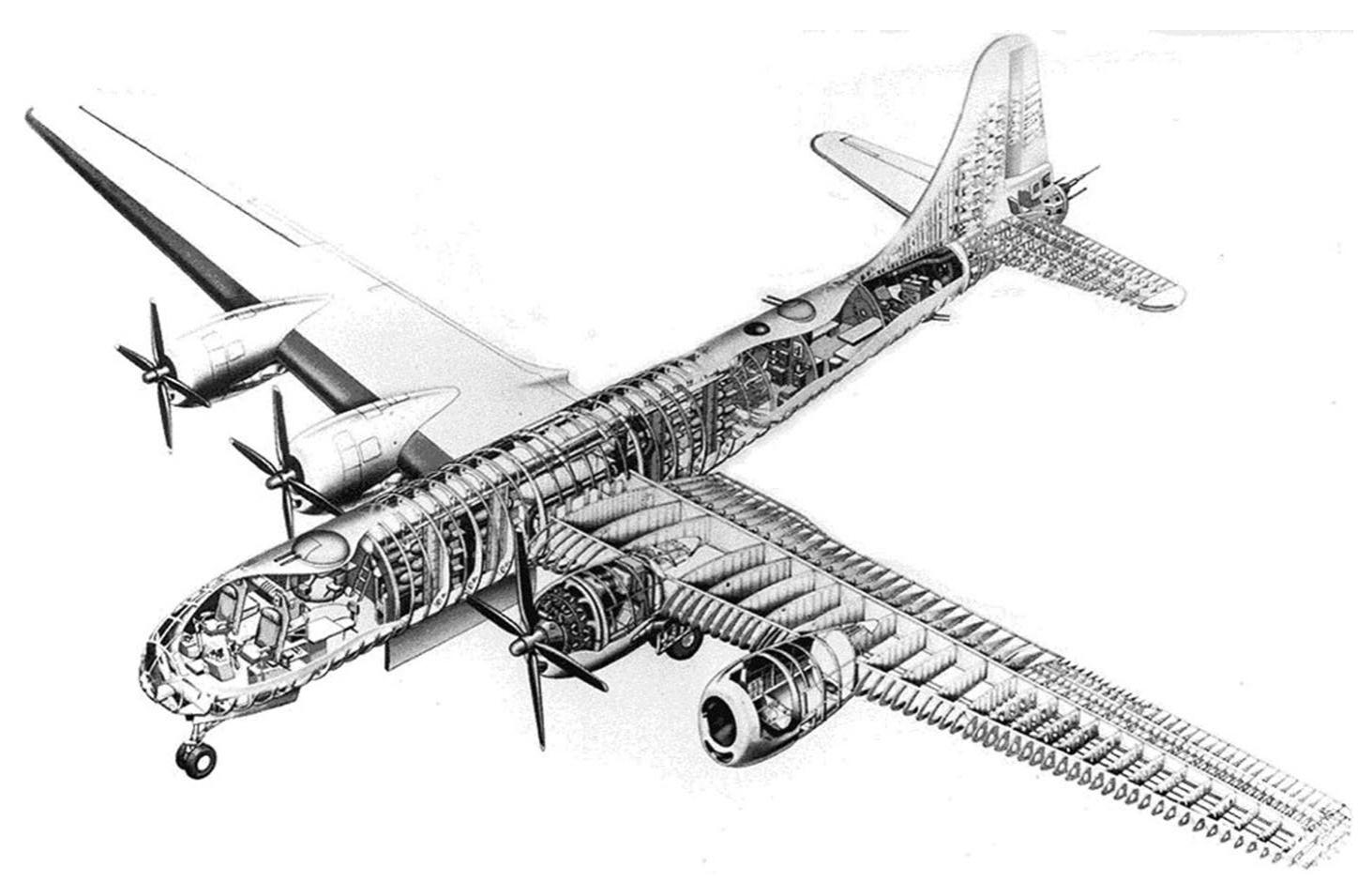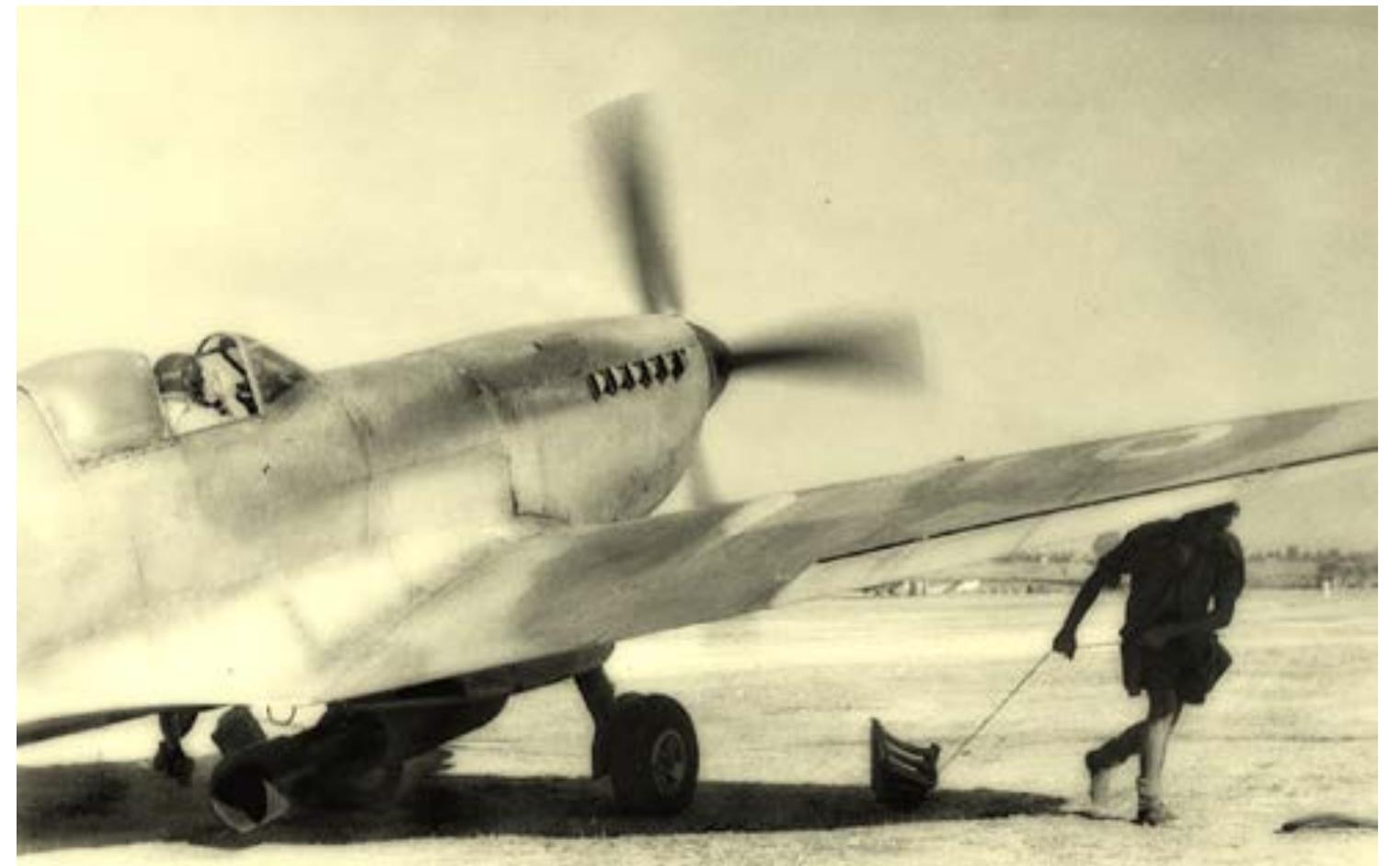Key research themes
1. How can unmanned aerial and surface vehicles improve the detection and mapping of underwater aviation archaeological sites?
This research theme investigates the application of unoccupied aircraft systems (UAS), hydrographic drones, and autonomous surface vehicles to perform non-invasive surveys, bathymetric mapping, and remote sensing in underwater aviation archaeology. It emphasizes the innovation in remote sensing technologies to enhance spatial resolution, temporal flexibility, and safety in underwater survey missions, addressing challenges of shallow waters and difficult terrain where traditional methods are limited.
2. What are the advantages and challenges of applying photogrammetry and laser bathymetry for precise documentation and monitoring of submerged aircraft sites?
Focused on advanced optical and laser-based remote sensing techniques, this theme explores methodological advances in photogrammetry and airborne laser bathymetry (ALB) to produce high-resolution 3D models and detailed bathymetric mapping of submerged aviation artifacts. The research evaluates these approaches' effectiveness for in situ monitoring, tracking site condition changes over time, and overcoming limitations of underwater visibility and data integration.
3. How can archival research and archaeological analysis advance understanding of submerged military aircraft in heritage and cultural landscape contexts?
This theme centers on the integration of archival sources, material culture studies, and archaeological field data to establish provenance, operational history, and broader cultural significance of submerged aviation sites. It also encompasses cultural landscape interpretations and heritage law frameworks that affect conservation and public engagement of underwater aviation archaeology.



























































































